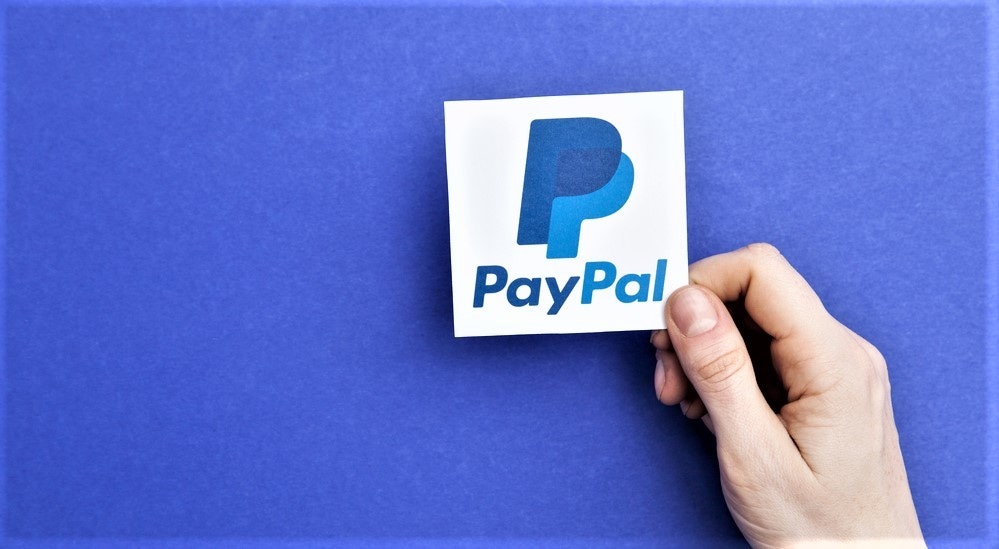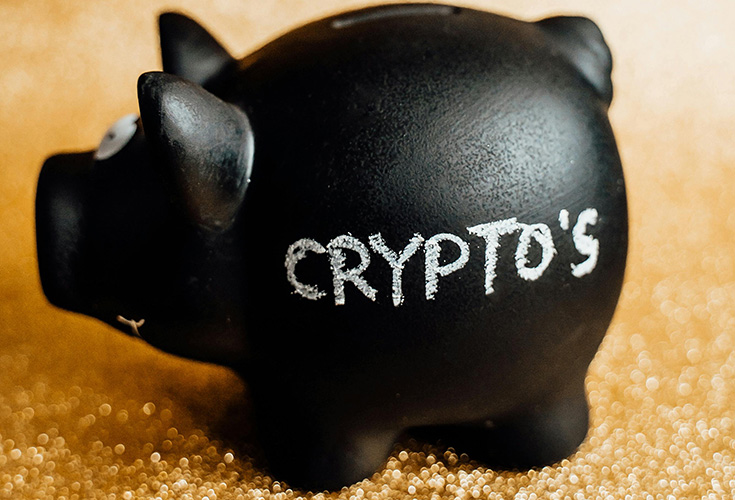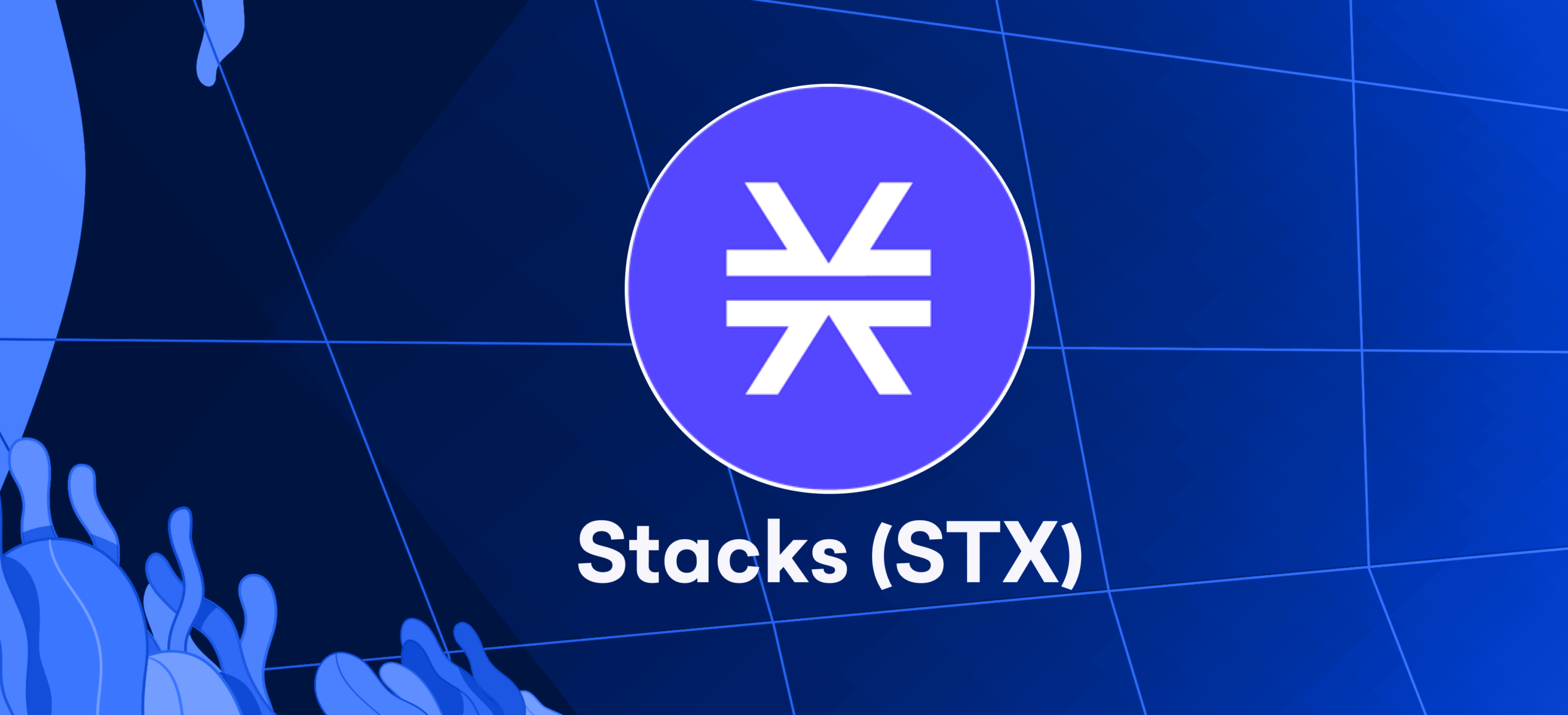
Introduction
The PYUSD stablecoin by PayPal is a cryptocurrency built on the Ethereum platform. It maintains a constant value of $1, matching the U.S. dollar. This collaboration between PayPal, a global fintech app based in the United States, and Paxos Trust Limited, a regulated stablecoin company in New York, has led to its issuance.
The first stablecoin launched by a “classic” fintech is PYUSD. Its primary aim is to streamline payments within the PayPal application, eliminating the need for fiat U.S. dollars, Bitcoin, or altcoins in money transfers and e-commerce transactions. This advancement contributes to enhancing PayPal’s overall operational efficiency and cost-effectiveness.
When does PayPal stablecoin PYUSD launch?
The announcement of PayPal’s stablecoin launch grabbed attention on August 7, 2023. According to the official statement from the PayPal team, PYUSD became available to select clients through their mobile application. However, the widespread rollout of PYUSD will occur gradually over several weeks, with expectations of completion by Q4 2023.
The team also shared its plans for the upcoming phases and potential timelines. In September 2023, Paxos Trust Limited will introduce its initial proof-of-reserves statement to verify the backing of stablecoin PYUSD. Additionally, by the end of 2023, PYUSD will become accessible on Venmo, PayPal’s retail payment app.
Features of PayPal’s Stablecoin
Stability:
A stablecoin holds the key attribute of maintaining a steady price. To achieve this, it is typically constructed with the aim of preserving a constant value relative to a particular reference point, such as a fiat currency like the U.S. Dollar or a diversified basket of assets.
Collateralization:
The stablecoin can be collateralized, which means that an equivalent amount of assets would be held in reserve for each unit of the stablecoin issued. This collateral provides stability to the value of the stablecoin.
Regulatory Compliance:
Considering PayPal’s status as a financial services provider, it is expected that the stablecoin would conform to pertinent financial regulations and compliance standards within its operational jurisdictions.
Integration with PayPal Services:
PayPal can potentially integrate the stablecoin into its existing services. This integration would provide users with the ability to send effortlessly and receive payments, make purchases, and partake in various other transactions using the stablecoin.
Cross-Border Transactions:
Just as PayPal facilitates cross-border transactions, the stablecoin could provide a means to conduct international transactions more efficiently. It aims to minimize fees and expedite settlement times compared to traditional methods.
User-Friendly Interface:
The stablecoin is expected to be easily accessible through PayPal’s user-friendly interface. This accessibility will allow existing PayPal users to adopt and utilize the stablecoin seamlessly.
Security and Privacy:
To protect users’ funds and personal information, implementing essential security measures becomes imperative. These measures may encompass robust encryption, multi-factor authentication, and other security protocols.
Blockchain Technology:
The stablecoin could be constructed using blockchain or distributed ledger technology. This choice ensures the transparency, immutability, and auditability of transactions.
Interoperability:
Depending on the chosen blockchain platform, the stablecoin may be designed to work harmoniously with other cryptocurrencies and blockchain-based systems.
Liquidity:
Liquidity holds great importance in ensuring that users can effortlessly convert between the stablecoin and other assets. One way to achieve this liquidity is through integration with cryptocurrency exchanges.
Is PayPal stablecoin PYUSD legit?
PayPal’s PYUSD stablecoin is considered a legitimate cryptocurrency asset issued by a highly reputable firm. It functions as an ERC-20 stablecoin on the Ethereum network, the largest permissionless network with smart contract capabilities. This means that its distribution, transactions, aggregate supply, and holders’ list are transparent and accessible to everyone. The security features of PayPal’s stablecoin have also received support from Ripple CTO.
Paxos Trust Limited, known for issuing top-tier stablecoins like Binance USD (BUSD) and Paxos Global (PAX) USD-pegged stablecoins, is responsible for giving PYUSD. To enhance trust and compliance measures, they have secured two necessary licenses (“Bitlicenses”) from the New York State Department of Financial Services (NYDFS). The decentralized power of Ethereum and the commendable reputations of these two influential American fintech companies reinforce the trustworthiness of PYUSD.
How do you buy PayPal stablecoin on an exchange?
Two major cryptocurrency exchanges have announced their support for PayPal’s stablecoin, PYUSD. The first is Huobi, an influential cryptocurrency ecosystem in Asia led by Justin Sun.
Huobi proudly declares its listing as the initial announcement for PYUSD. However, it fails to provide a specific timeline to customers and mentions that the PayPal stablecoin will be launched “soon.”
Additionally, BitMart ranked among the top 25 cryptocurrency exchanges based on trading volume, has also confirmed the listing of the PYUSD/USDT pair.
BitMart’s statement announced they planned to commence PYUSD trading on August 8, 2023. Additional centralized exchanges are expected to show interest in incorporating PYUSD onto their platforms in the upcoming months.
PayPal stablecoin price: Where to see
PayPal’s PYUSD is a stablecoin with a fixed value of $1, serving as its peg to the U.S. dollar. However, market volatility might compromise this peg in certain instances. During brief periods, major decentralized stablecoins like USD Coin (USDC) can experience price fluctuations ranging from $0.9 to $1.05.
An example of this occurred on March 11, 2023, when USDC temporarily de-pegged following news about the insolvency of significant U.S. crypto-friendly banks. Fortunately, stability was regained at the initial value of $1 shortly after. If you want to keep track of PayPal’s PYUSD stablecoin price, a couple of methods are available.
The PayPal application itself is one option to consider. Additionally, you can explore exchanges that list PayPal and search for the PYUSD/USDT quotation. Third-party trackers like CoinGecko and CoinMarketCap can also help track the necessary information.
Does PayPal’s Stablecoin Have Centralized Control?
PayPal’s stablecoin, PYUSD, is a centralized digital currency where its issuer, Paxos Trust, maintains control over its circulating supply, emission dynamics, legal framework, and listing policy on behalf of PayPal. This centralized design has both advantages and disadvantages.
On the one hand, the issuance by a U.S.-registered business entity enables regulatory compliance for PYUSD in an increasingly hostile regulatory environment. This attribute holds significant value. However, like other centralized stablecoins, PayPal possesses excessive authority over PYUSD. For example, if suspicious activities are detected, it can voluntarily freeze PYUSD accounts.
How much PYUSD is in circulation?
PayPal USD’s (PYUSD) circulating supply currently stands at 26,905,005.66 PYUSD, as shown in its contract on Etherscan Explorer. Regarding market capitalization, it amounts to approximately $26.9 million upon its initial release.
Compared to other stablecoins in the market, PayPal USD (PYUSD) ranks 31st in market capitalization and is the 22nd largest among USD-pegged stablecoins. While this might not seem significant within the stablecoin industry, it has already surpassed popular stable assets like USDP, Djed, HUSD, and Celo Dollar in new market capitalization.
What’s the Origin of the Term ‘Stablecoins’?
The term ‘stablecoin’ originates from its inherent characteristics. These coins are centralized and pegged to government-recognized currencies such as the U.S. dollar or Euro. However, it is important to note that stability may fluctuate at times, as demonstrated by recent declines in Tether and TerraUSD.
Availability of PYUSD
The launch of PYUSD took place on August 7, and it is currently open for trading. Customers in the United States with PayPal Balance accounts can expect it to be accessible in the following weeks. Venmo, PayPal’s sibling app, is also preparing to integrate PYUSD soon.
PayPal & Cryptocurrency
PayPal’s entry into stablecoins aligns with its existing involvement in cryptocurrencies. In the app, users can already purchase, transfer, and sell popular cryptocurrencies such as Bitcoin, Ethereum, and Litecoin. To further bolster its position in the crypto market, PayPal acquired the New York BitLicense last year. This acquisition facilitates cryptocurrency transactions for residents of the state.
Technical Backbone of PYUSD
The Ethereum blockchain hosts PayPal’s stablecoin, PYUSD. The responsibility for issuing it rests with Paxos Trust Company, an entity based in New York that provides regulated blockchain frameworks. It’s worth noting that Paxos recently faced regulatory scrutiny, which resulted in a suspension of their offering of Binance’s BUSD cryptocurrency.
CEO’s Take on PYUSD
Furthermore, PayPal’s president and CEO, Dan Schulman, emphasized the growing significance of digital currencies. According to him, this trend necessitates a stable instrument that can seamlessly connect digital advancements with traditional fiat currencies like the U.S. dollar.
How to Purchase PYUSD?
PYUSD can be purchased using PayPal. Moreover, PYUSD is exclusively available on Huobi, as other crypto exchanges have not yet listed it. However, there are indications that Huobi may soon add PYUSD to its exchange.
Conclusion
PayPal’s PYUSD stablecoin represents a significant merger of traditional financial systems and emerging digital currency realms. As this stablecoin gains traction, it offers the promise of streamlining transactions and seamlessly incorporating digital assets into everyday exchanges.








